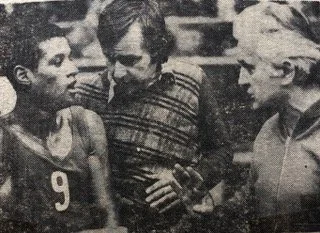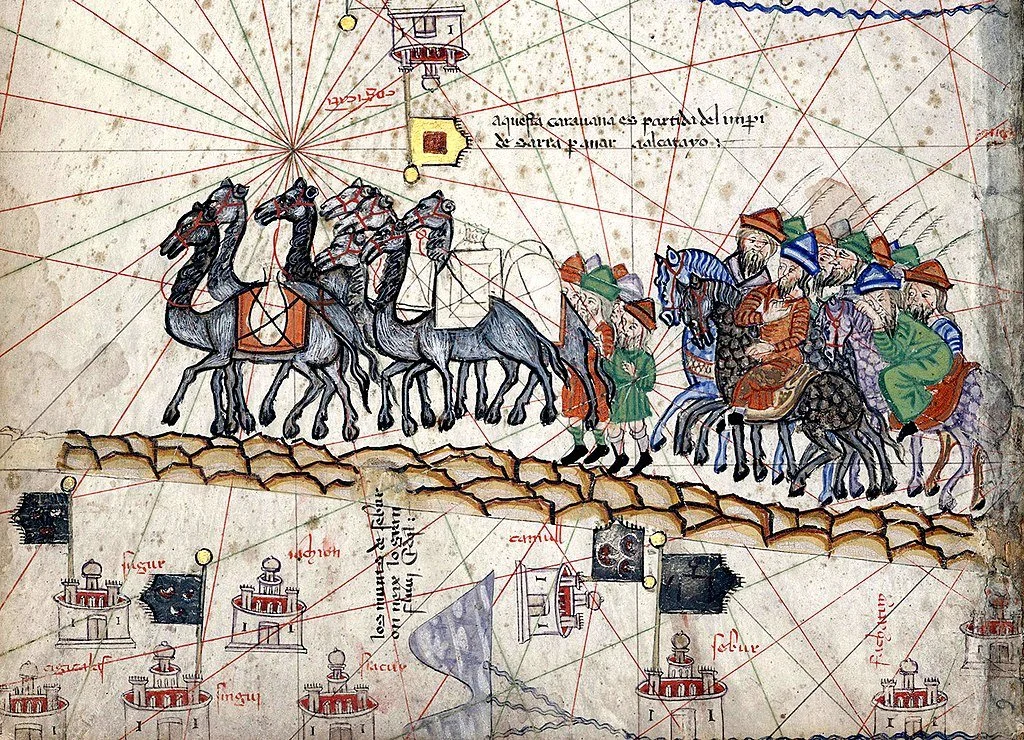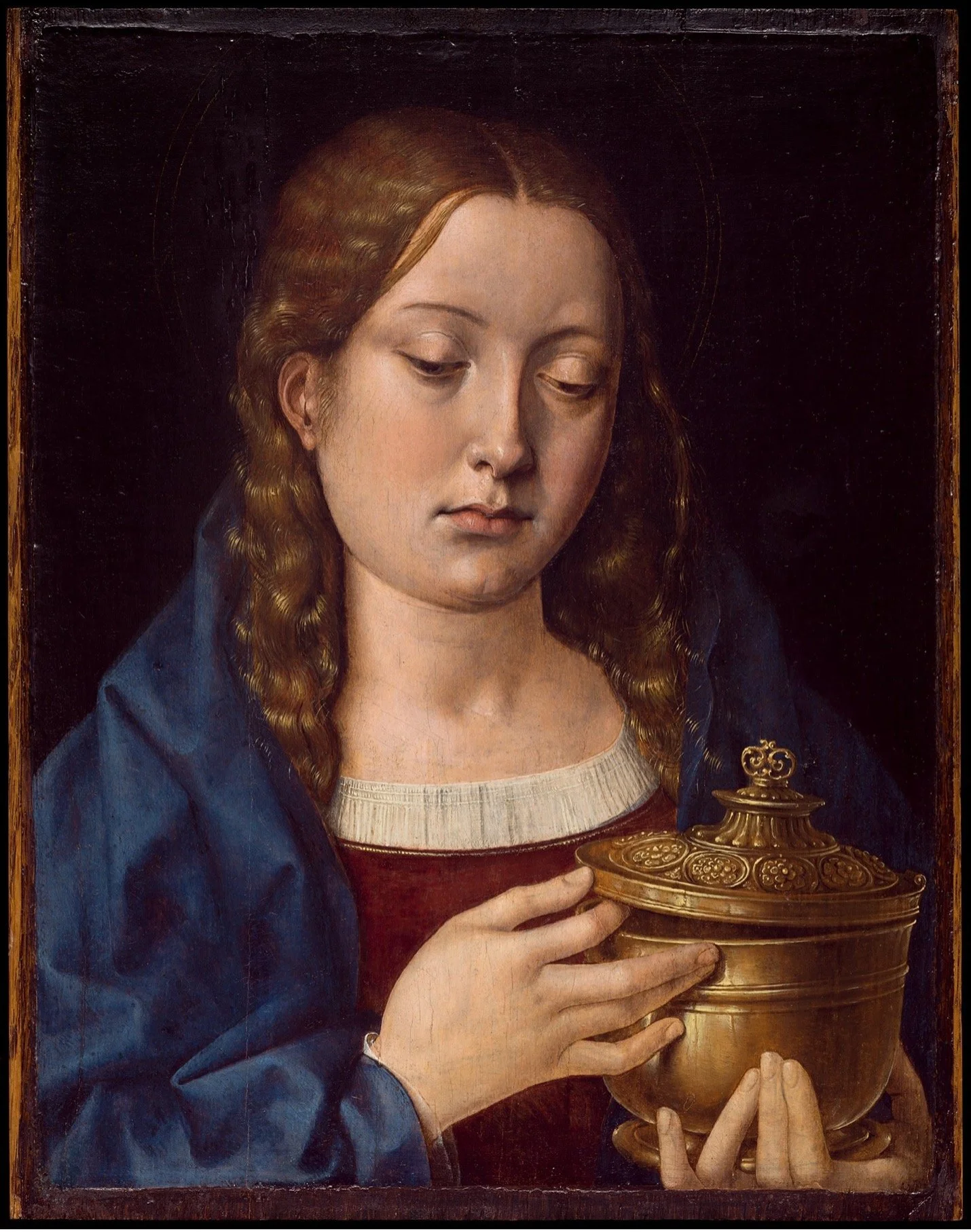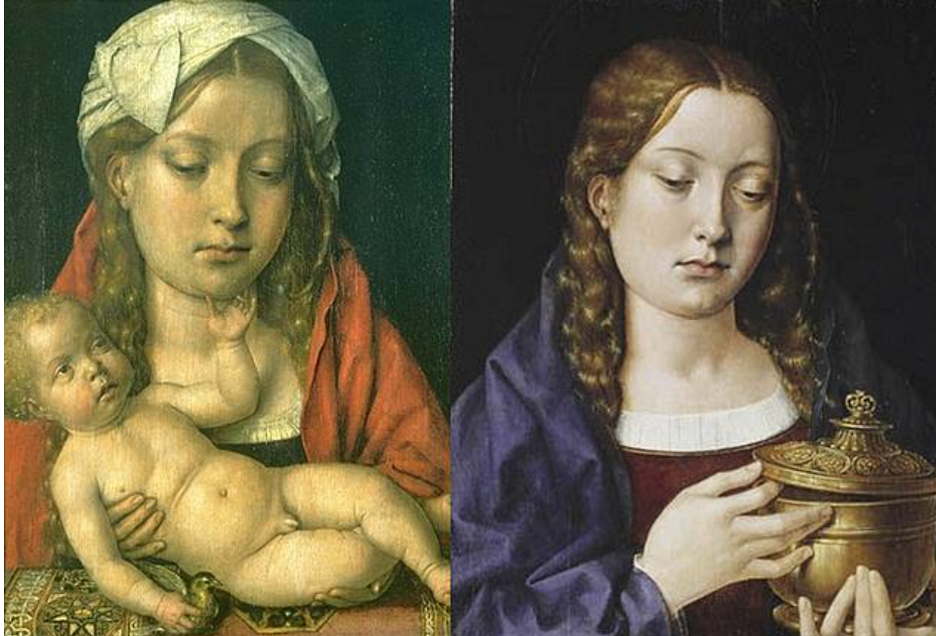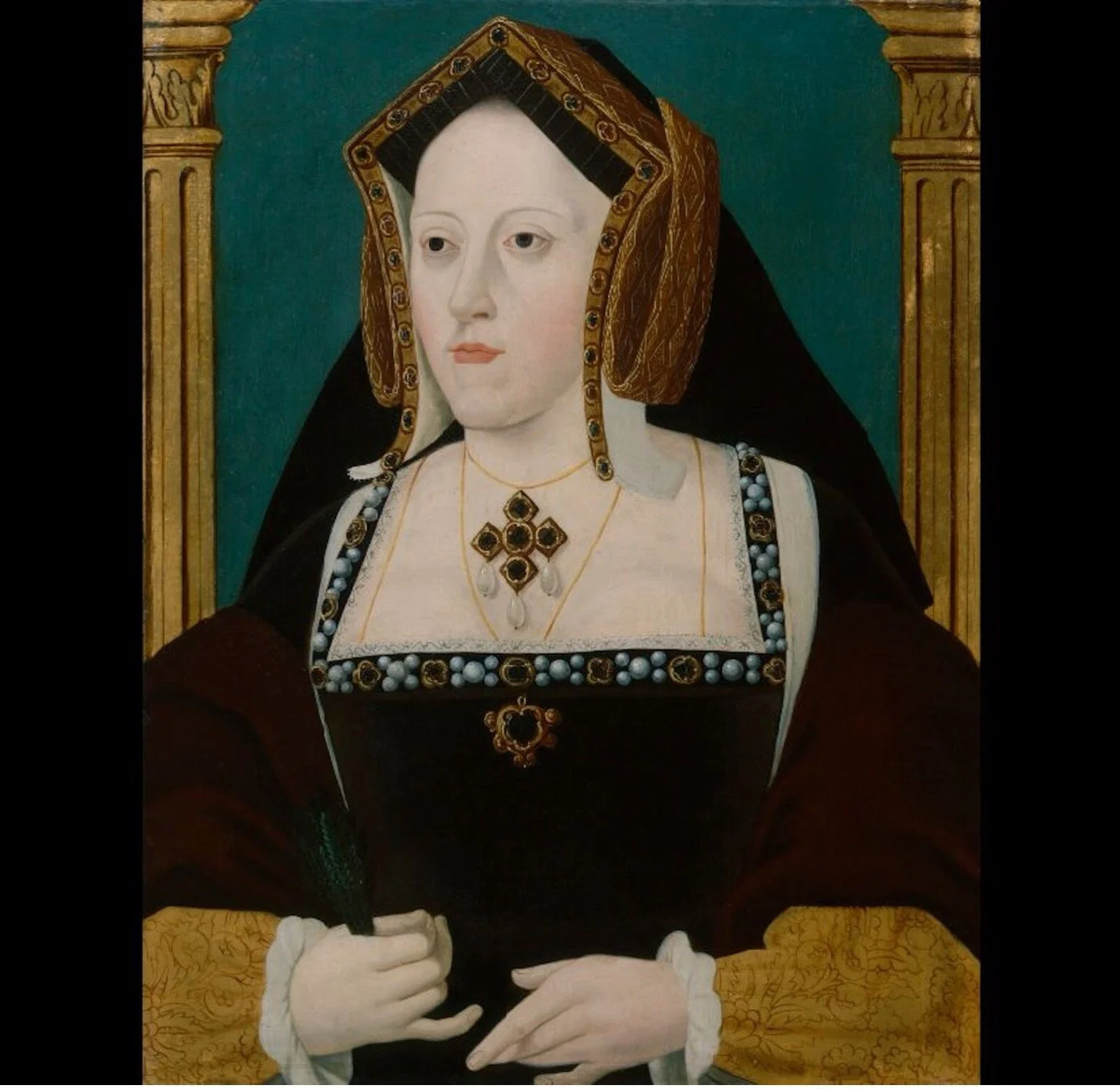A depiction of Marco Polo's caravan traveling east.
In 1271, Marco Polo, at just seventeen, set out with his father and uncle on a journey that would take them across Asia to the Mongol court of Kublai Khan, the powerful grandson of Genghis Khan. Their route followed the Silk Road, a web of trade paths that stretched across deserts, mountains, and great cities, linking Europe with Asia. The journey was arduous, spanning thousands of miles through regions plagued by political instability, banditry, and natural hardships.
The Polos travelled through the Middle East, passing through Acre and crossing Persia, where Marco was exposed to Zoroastrianism and Islamic culture. From there, they trekked across Afghanistan's rugged terrain, scaled the heights of the Pamir Mountains, and crossed the vast steppes of Central Asia before reaching China. Marco, experiencing these lands for the first time, recorded their customs, geography, and products with a keen eye for detail. His descriptions, later written down, became the first systematic attempt to convey knowledge of Asia to Europeans.
When the Polos arrived at Kublai Khan's court around 1275 CE, they entered one of the most powerful empires the world had ever known. The Mongol Empire stretched across Eurasia, and Kublai ruled as the founder of the Yuan dynasty in China. Marco quickly impressed the khan with his intelligence, linguistic aptitude, and curiosity. Unlike most Europeans who reached Asia, Marco did not remain on the fringes of court life; instead, he became a trusted envoy and administrator.
Over the next seventeen years, Marco Polo travelled extensively across China and beyond, often on missions for Kublai Khan. He reported seeing the dazzling city of Hangzhou, which he called the most splendid city he had ever encountered, with its bustling markets, canals, and vibrant cultural life. He journeyed to Yunnan in the southwest, observed the production of salt, described the use of coal as a source of heat, and marveled at China's system of paper currency, which seemed like a miracle to Europeans accustomed only to gold and silver.
Marco's accounts also extended beyond China. He wrote of voyages to Southeast Asia, describing the islands of Sumatra and Java, and even hinted at distant Japan, known to him as Cipangu, which was said to hold great riches. His descriptions were sometimes a blend of direct observation and second-hand reports, but together they painted a remarkable picture of lands far beyond Europe's horizon.
What distinguished Marco Polo was not only his access to Kublai Khan's empire but his ability to observe and record with precision. He provided detailed descriptions of China's postal system, in which relays of riders could carry messages across vast distances with astonishing speed. He noted the cultivation of rice, the production of silk, and the intricate social customs of the Chinese people.
Yet he also reported marvels that seemed fantastical to European readers. He spoke of rhinoceroses, which he mistook for the mythical unicorn, and of stones that burned like fire, a reference to coal. He described strange religious practices, palaces roofed with gold, and exotic animals that few in Europe had ever seen. His accounts mixed practical knowledge with elements of wonder, a blend that ensured his book would captivate audiences for centuries.
However, by 1291CE, the Polos were ready to return to Venice. Their departure from Kublai Khan's court was delicate, as the khan valued their service. They gained permission to escort a Mongol princess to Persia, and after a long sea voyage through the South China Sea and the Indian Ocean, they eventually made their way back across Asia and arrived home in 1295 CE., Marco Polo had been gone for twenty-four years.
The Venetians who greeted him hardly recognized him. He returned wealthy, adorned in fine robes, and with tales so extraordinary that many thought them impossible. Yet his knowledge of distant lands, goods, and languages set him apart from any other traveler of his generation.
Not long after his return, Venice found itself at war with its rival Genoa. Marco Polo, serving as a naval commander, was captured during the Battle of Curzola in 1298 CE and imprisoned. It was during this imprisonment that his life took another remarkable turn. Sharing a cell with the romance writer Rustichello da Pisa, Marco dictated the story of his travels. Rustichello, with a flair for embellishment, shaped Marco's recollections into a narrative that combined detailed description with elements of wonder and adventure.
The resulting work, Il Milione, known in English as The Travels of Marco Polo, became one of the most influential travel books of the medieval world. More than just a record of trade routes, it offered a vivid picture of Asia's geography, politics, economy, and culture. While skeptics dismissed it as exaggerated fantasy, others treated it as a treasure trove of knowledge. Copies spread across Europe, translated into multiple languages, and inspired generations of explorers.
Marco Polo's greatest contribution to society lay in the expansion of European knowledge of the wider world. His descriptions of Asia helped shatter the narrow horizons of medieval Europe, where much of geography was based on classical sources or myth. By providing concrete, if sometimes imperfect, details about cities, governments, and resources, he offered Europeans a glimpse of civilizations far more advanced and wealthier than their own.
His book inspired explorers for centuries. Christopher Columbus carried a copy of The Travels on his voyage across the Atlantic, convinced that Marco's descriptions of Cipangu and the riches of Asia lay just beyond the western seas. For merchants, Polo's accounts served as a guide to potential opportunities, while for Cartographers, they provided invaluable data that reshaped medieval geography.
After his release from captivity, Marco Polo returned to Venice, where he resumed his life as a respected merchant. He married Donata Badoer, a woman from a prominent Venetian family, and together they had three daughters. Although he continued to trade, his fame rested more on his book than on his business ventures.
Skepticism about his stories persisted throughout his life. Many Venetians called him "Il Milione," implying that he exaggerated his accounts "by the million." Yet Marco Polo never wavered in his insistence that what he had described was true. On his deathbed in 1324 CE, when asked to retract his tales, he reportedly replied, "I have not told half of what I saw."
Marco Polo's legacy endures not only in his book but in the symbolic role he plays in history as a bridge between East and West. He was not the first European to reach China, others, such as the Franciscan friar Giovanni da Pian del Carpine, had done so, but he was the first to produce a sustained, detailed, and widely circulated account. His observations introduced Europeans to technologies, products, and cultures that would shape their ambitions and worldview.
While scholars today debate the accuracy of parts of his narrative, pointing out omissions such as the Great Wall of China or possible exaggerations of wealth, there is little doubt that Marco Polo travelled extensively in Asia and faithfully recorded much of what he saw. His writings influenced cartography, commerce, and exploration, ensuring his place in world history.
Marco Polo's life embodies the human spirit of curiosity and discovery.
In an age when most people never left their hometowns, he crossed continents, served a foreign emperor, and brought back stories that expanded the boundaries of knowledge. His journeys and writings remain emblematic of the transformative power of exploration, reminding us that the world has always been larger, richer, and more interconnected than we imagine.
In conclusion, Marco Polo's extraordinary life and travels epitomize the spirit of curiosity, courage, and cross-cultural engagement that defined the age of exploration. From his early upbringing in the mercantile hub of Venice to his twenty-four-year odyssey across Asia, Polo's journey was shaped by both personal ambition and the broader commercial and diplomatic networks of his family.
His intimate observations of the Mongol Empire and the vast reaches of China, along with his encounters in Southeast Asia, offered Europeans a window into civilizations that were previously almost unimaginable. Beyond mere adventure, his meticulous documentation of cities, trade systems, technologies, and social customs provided an unprecedented corpus of knowledge, blending practical information with a sense of wonder that captured the imagination of generations.
The writing of Il Milione during his imprisonment in Genoa transformed Marco Polo from traveler to chronicler, allowing his experiences to transcend time and space. While critics have debated the accuracy of his accounts, there is little doubt that his writings fundamentally expanded Europe's understanding of the wider world, inspiring explorers, merchants, and mapmakers alike.
Figures such as Christopher Columbus drew directly from Polo's narratives, demonstrating the profound influence his observations exerted on the course of global exploration. Furthermore, Marco Polo's life illustrates the human capacity to bridge cultures, serving as an intermediary between East and West and demonstrating the value of empathy, observation, and intellectual curiosity in fostering understanding across diverse societies.
Ultimately, Marco Polo's legacy endures not simply in the factual details he recorded, but in the symbolic role he plays as an emblem of exploration itself. His journeys are a reminder that the pursuit of knowledge, even in the face of uncertainty and peril, can reshape our perception of the world. By venturing into unknown lands and faithfully recording his experiences, Marco Polo expanded not only the geographical horizons of his contemporaries but also the intellectual and imaginative boundaries of Europe, leaving a lasting imprint on history that continues to inspire the spirit of discovery today.
The site has been offering a wide variety of high-quality, free history content since 2012. If you’d like to say ‘thank you’ and help us with site running costs, please consider donating here.
Notes:
The Travels of Marco Polo — From Prison Cell to Renaissance Maps
When Marco Polo dictated his adventures to Rustichello da Pisa in a Genoese prison in 1298 CE, he could hardly have imagined the extraordinary afterlife of his words. Il Milione, or The Travels of Marco Polo, quickly became one of the most copied, translated, and debated books of the late Middle Ages. Yet the text's journey through history was almost as adventurous as the merchant himself.
The original manuscript has not survived. Instead, dozens of versions circulated across Europe, each copied by hand and often altered by scribes who added flourishes or omitted details. Some editions emphasized Polo's observations of commerce and geography, while others leaned into the marvels and wonders, turning the book into a medieval adventure tale. As a result, there is no single "authentic" version of The Travels, only a family of manuscripts, each reflecting the tastes and expectations of its audience.
Despite these variations, the book's impact was profound. For European readers who knew little beyond the Mediterranean, Polo's accounts of vast cities like Beijing (which he called Khanbaliq), of wealthy trading ports, and of the court of Kublai Khan were revelations. Cartographers eagerly incorporated his descriptions into their charts, filling in the blank spaces of Asia with names and details lifted directly from his text. The Catalan Atlas of 1375 CE, one of the most influential medieval world maps, bears clear marks of Polo's influence, situating cities, rivers, and kingdoms that Europeans otherwise would never have known.
By the time of the Renaissance, The Travels had become more than just a book of wonders, it was a geographic authority. Scholars, merchants, and explorers mined its pages for information. As indicated in the main text Christopher Columbus owned a Latin copy, heavily annotated in the margins with his notes, and relied on Polo's descriptions of Cipangu and Cathay to bolster his conviction that a westward route to Asia was possible. For Columbus and many of his contemporaries, Marco Polo's text was less a travelogue than a guidebook to future discovery.
Though modern scholars have criticized its omissions and embellishments, The Travels gave Europe its first detailed portrait of the East. Its manuscript history, fragmented and colorful, mirrors the medieval world's hunger for knowledge and storytelling. More than seven centuries later, it remains a testament to the power of narrative to shape the course of exploration, geography, and the imagination of entire civilizations.
The myths of Marco Polo
Few historical figures have attracted as many myths as Marco Polo, and perhaps the most enduring is the tale that he introduced pasta to Italy after encountering noodles in China. According to the legend, Polo brought the recipe for long strands of wheat-based noodles back from his travels, and from this simple act, Italian cuisine was forever transformed.
It's a charming story, but historians agree it's just that, a story. Archaeological evidence shows that Italians were making pasta-like dishes centuries before Marco Polo's journey. Records from Sicily in the 12th century, nearly a hundred years before Polo's return, describe itriyya, a form of dried pasta made from durum wheat. The Arabs, too, had introduced noodle-like foods to the Mediterranean world long before the Polos set foot in Asia.
So where did the myth come from? It likely originated in the 20th century, popularized in American marketing campaigns that wanted to romanticize pasta as an "exotic" gift from the East. Polo's fame as a traveler made him the perfect character to credit with the culinary import.
Other myths attached themselves to Polo as well. Some claimed he never went to China at all, that his accounts were borrowed from Persian sources; others accused him of exaggerating "by the million," giving rise to his nickname "Il Milione."
While modern scholarship confirms that Marco Polo did indeed reach China, the layers of myth reflect just how deeply his name became woven into both history and legend.
In truth, Marco Polo did not introduce pasta to Italy, nor did he single-handedly open Asia to Europeans, however, his vivid storytelling left such an impression that centuries later, people were still eager to attach myths to his name, proof of the enduring fascination he inspires.

